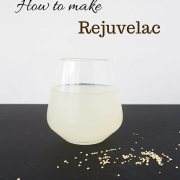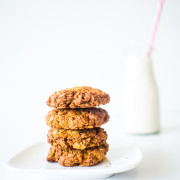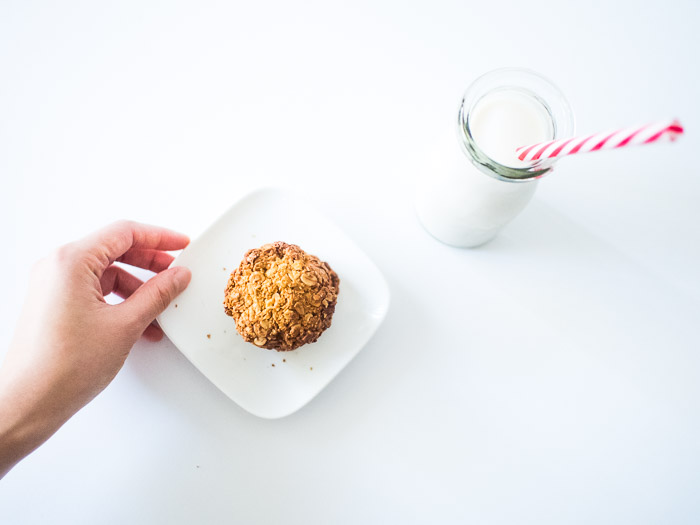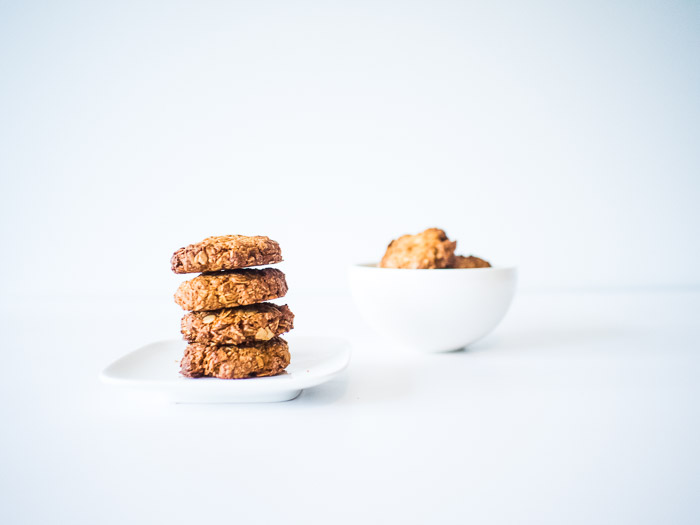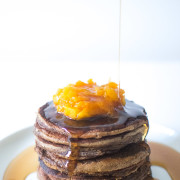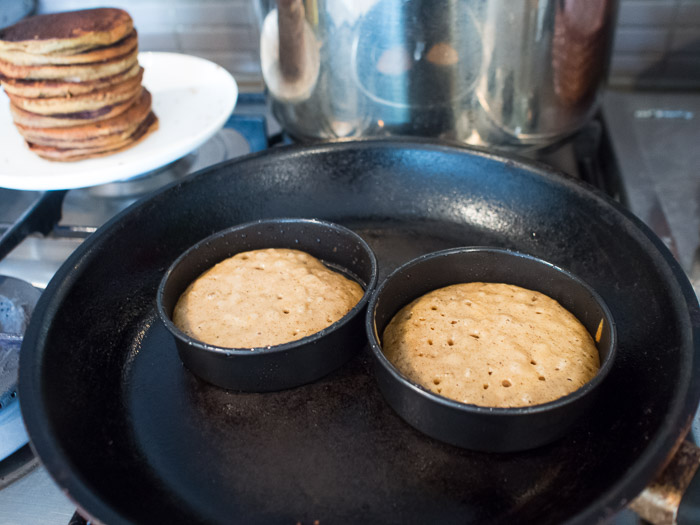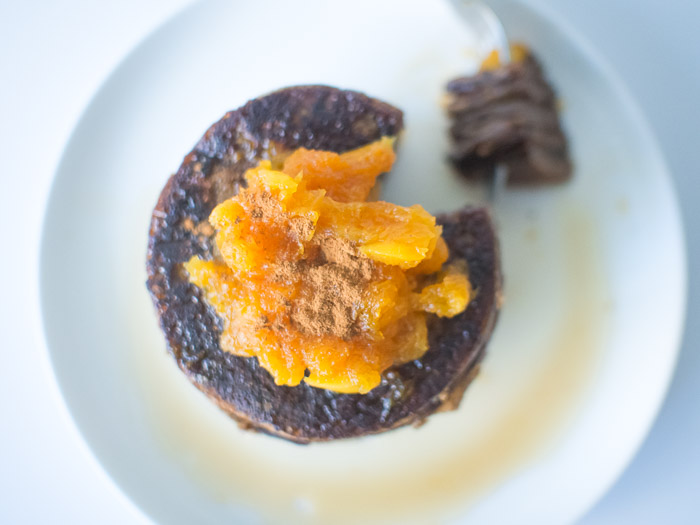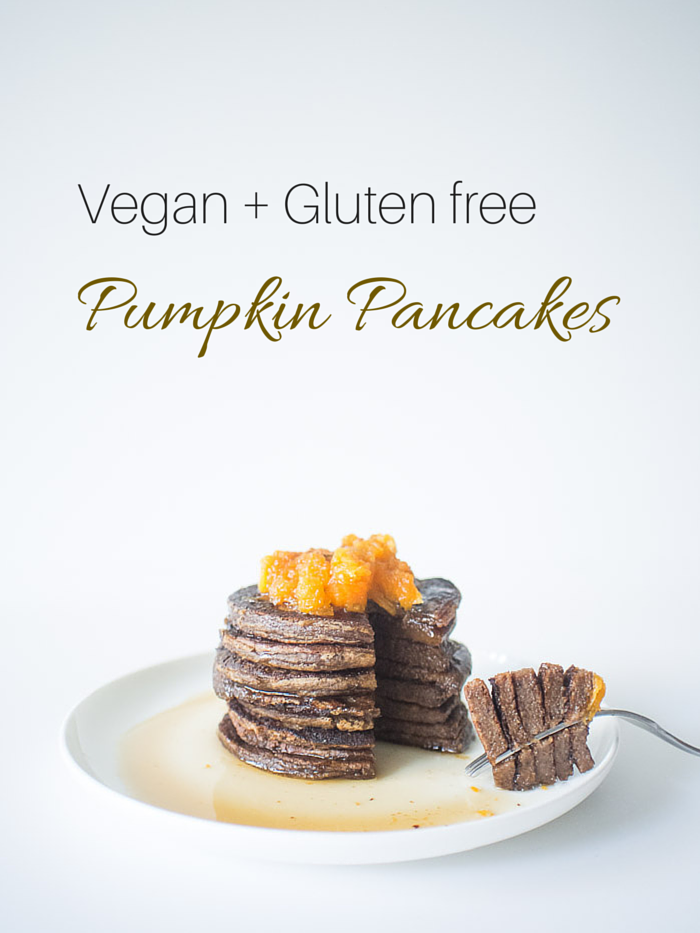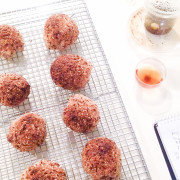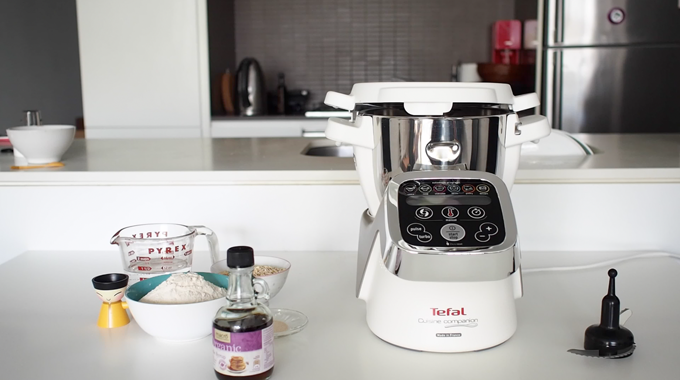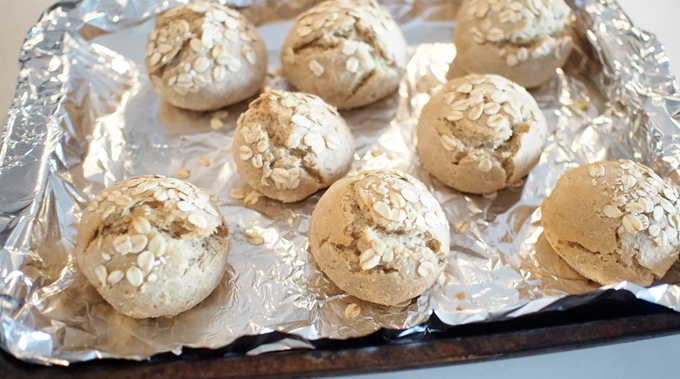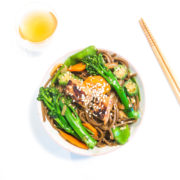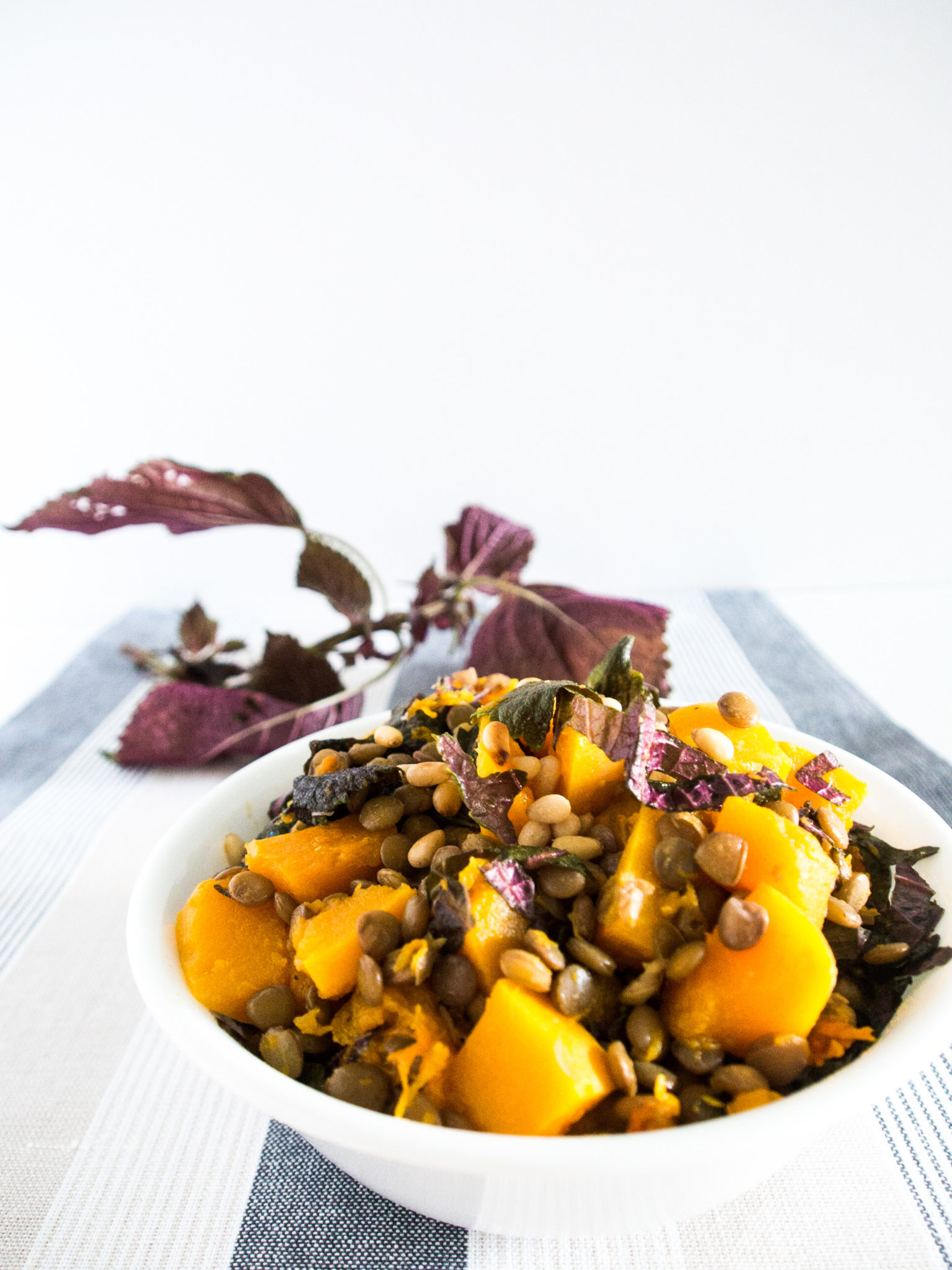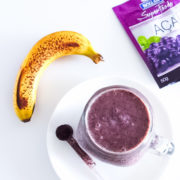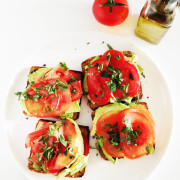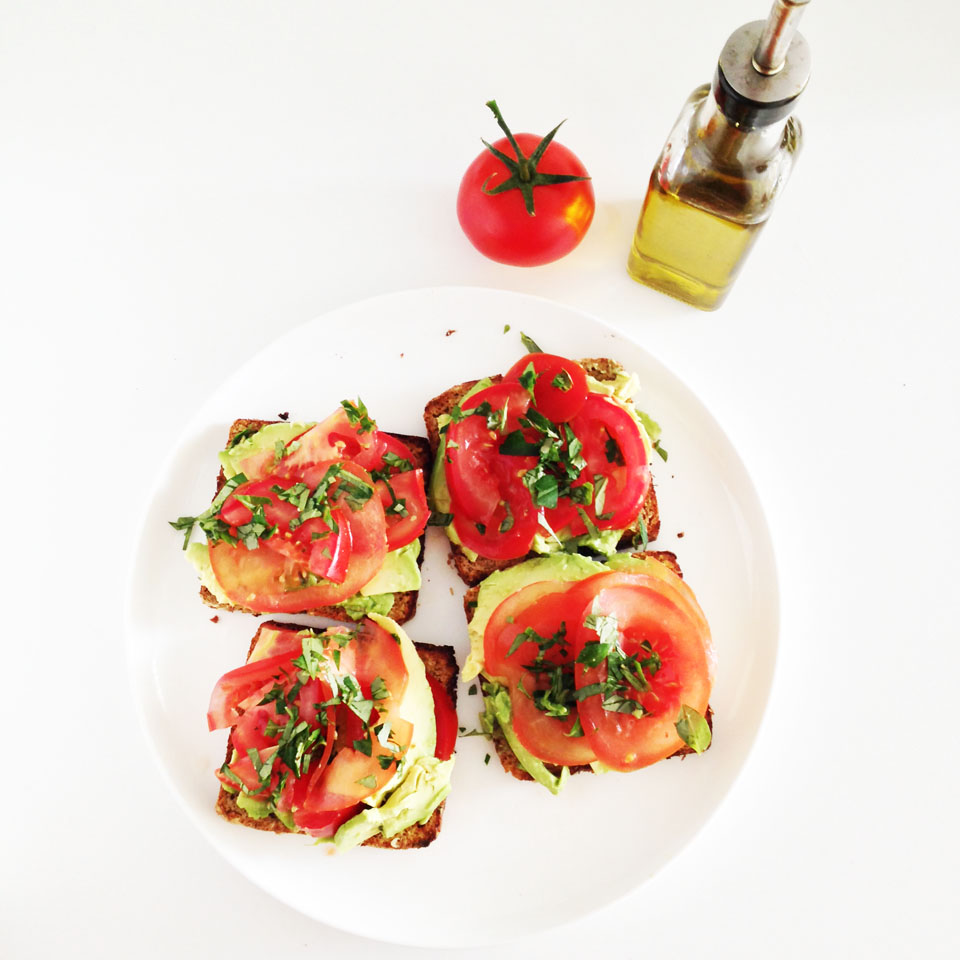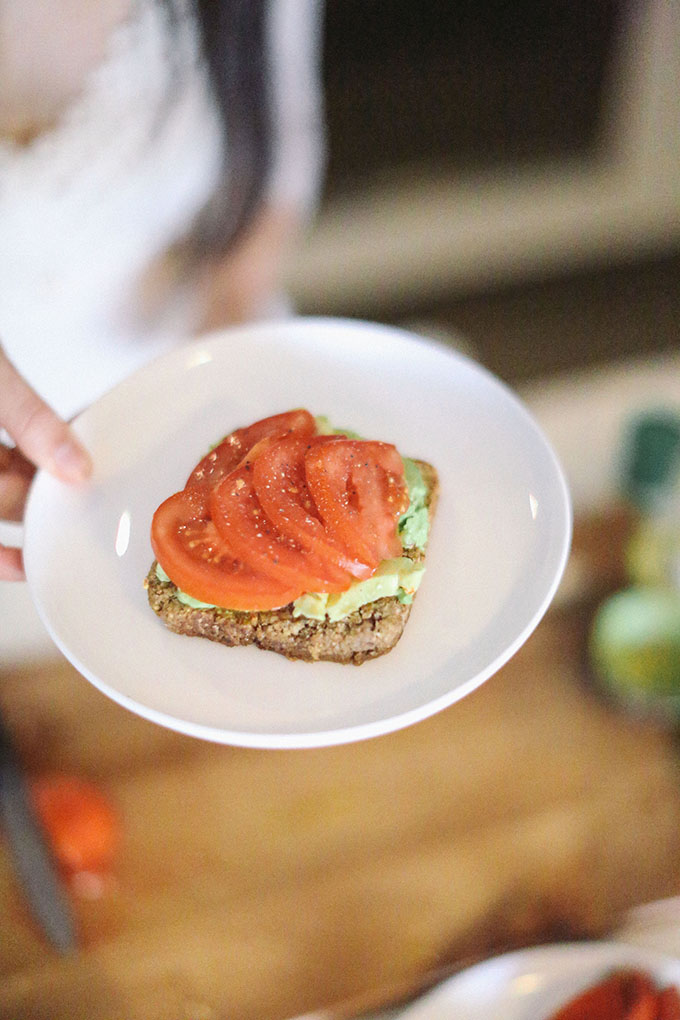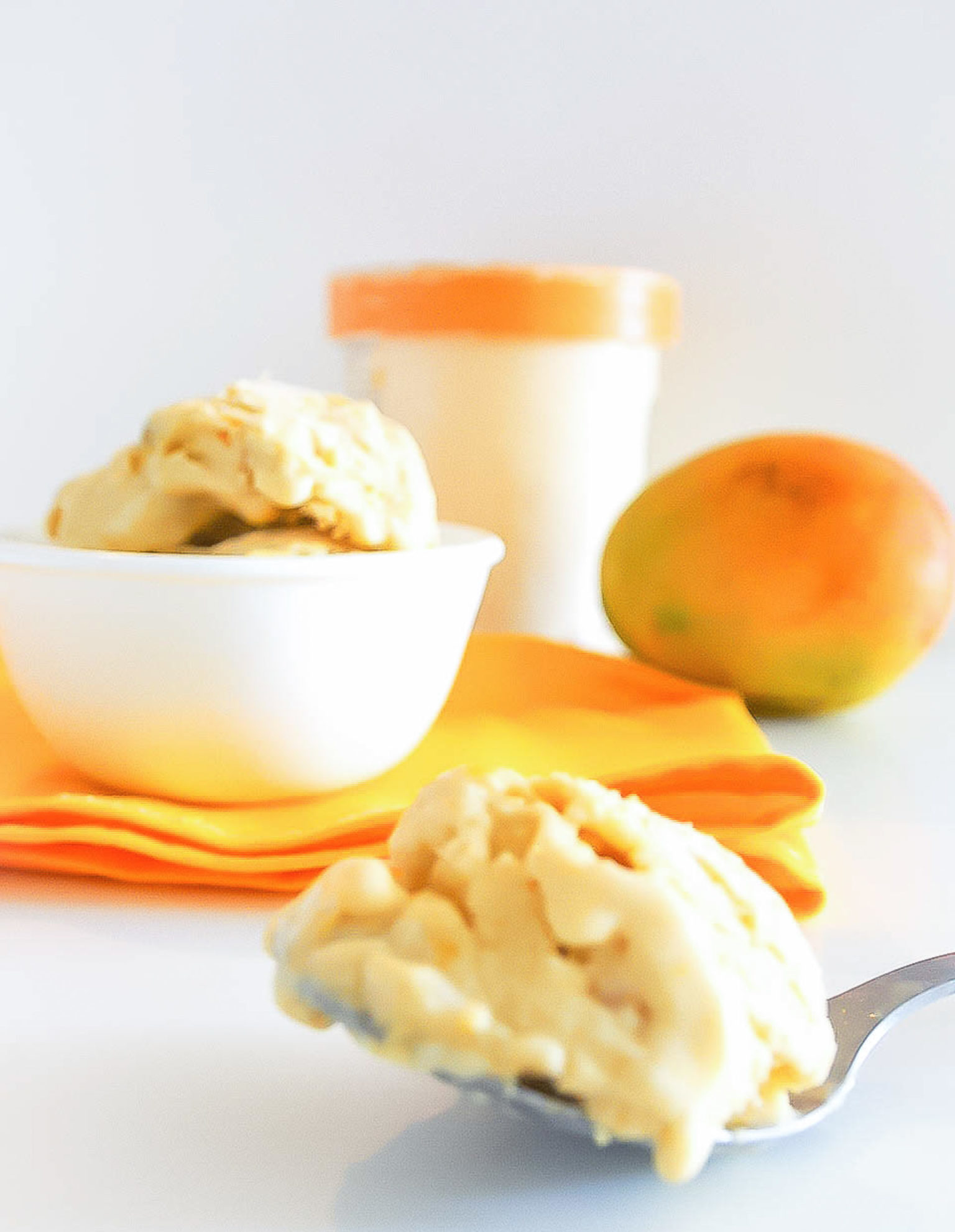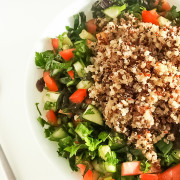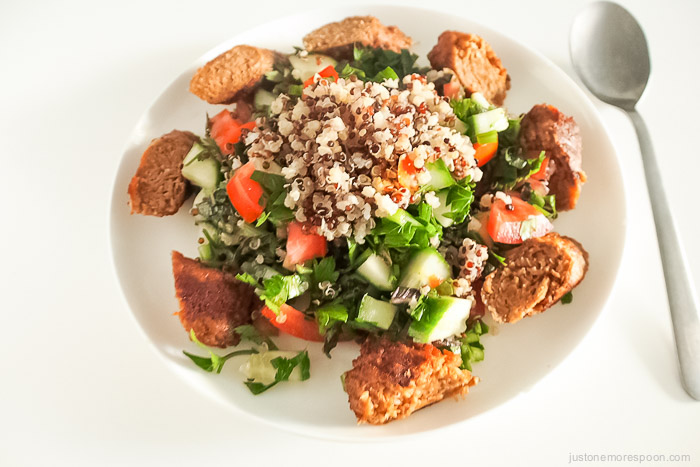Probiotic 101 and How To Make Rejuvelac
In this post I will show you how to make rejuvelac easily using quinoa. I came across rejuvelac while looking for ways to make vegan cheese. I gave it a go and have since successfully made a few batches. As it turns out, rejuvelac is not only easy to make but is also rich in probiotics.
By the way, if you want to make vegan cheeses, I highly recommend the Artisan Vegan Cheese by Miyoko Schinner which, I must say, is ah-mayyy-zing! I’ve made several non-dairy nut-based cheeses using her recipes already. Anyway, I digress…let’s get back to our topic here: rejuvelac and tiny little microorganisms which call our body, home.
Warning – I’m going to geek out a little talking about science-y stuff here because bacteria is a topic that is very close to my heart. I love them because small as they are, they play a significant role in our very existence.
So, on that note…
Did you know most of our immune system lies in the gut?
If yes, well done! You must have paid attention in Science class.
If no, well, you’ve learned something new today and you can brag about your new-found knowledge tomorrow to your friends or colleagues.
Here’s another fun fact. A healthy human body is home to around 100 trillion bacteria.
That’s a hell lot of bacteria! That’s 100 microbes for every 1 gene in our bodies! We have more bacteria in us than we do genes.
Fascinating isn’t it?
Each of us has our own unique ecological community of microorganisms called microbiome that literally share our body space, living in our gut, mouth, skin, etc. Some of them are good, some of them are bad, and some just sit and watch the fight between the two. They can even make us fat.
A recent study showed that when a scientist took gut bacteria from human twins — one lean and one obese — and transferred them into lean mice, the mice with bacteria from fat twins grew fat; those that received bacteria from lean twins stayed lean. This just goes to show how important our gut bacteria are to our metabolism and our digestive system.
How To Make Your Own Probiotic
Probiotics are good bacteria which serve to prevent the overgrowth of potentially harmful microorganisms. Although study on probiotics is limited, we have tons of anectodal evidence that they are beneficial to our immune system and our digestive health.
And yes there’re still more research that need to be done to better understand how probiotic helps to promote health but I don’t see what you can’t self-experiment – most (great) scientists do it. I do it. Configure your body to promote healthy bacterial colonies and see how you feel.
You can get probiotic supplements from most health stores, but they can be quite expensive; and why buy when you can make your own probiotics at home, by making rejuvalac.
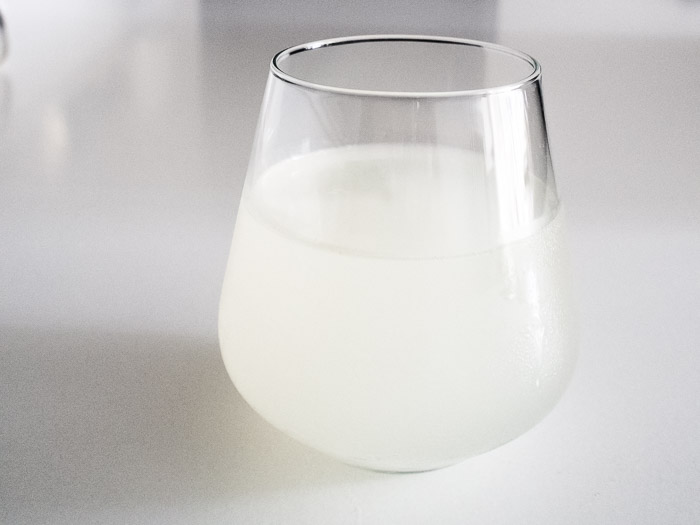
Rejuvelac is an enzyme-rich, probiotic living drink made by fermenting sprouted grains such as rye, barley, millet, buckwheat, rice, quinoa, or other grains. It contains lots of vitamins B, K and E, proteins and enzymes that aid digestion, and the growth of good bacteria such as Lactobacillus bifidus and Aspergillus oryzae.
It tastes slightly tangy and earthy with a subtle hint of lemony sour. It is slightly fizzy and refreshing to drink. Again, it is very easy to make and quite inexpensive. You basically soak the grains, rinse daily until they sprout (i.e., produce a cute little tail at one end), add water, wait a few days while it ferments, strain and voilà, you just made rejuvelac.
I highly recommend using organic quinoa as they are quick and easy to sprout, but feel free to use other whole grain if you wish, bearing in mind that it may take longer to sprout other grains. Avoid grains that are already sprouted, and irradiated grain (this usually done on rice) which prevents sprouting. If you’re a first-timer, go with quinoa. Get the freshest and the best quality quinoa you can afford to give yourself the best possible chance of success.
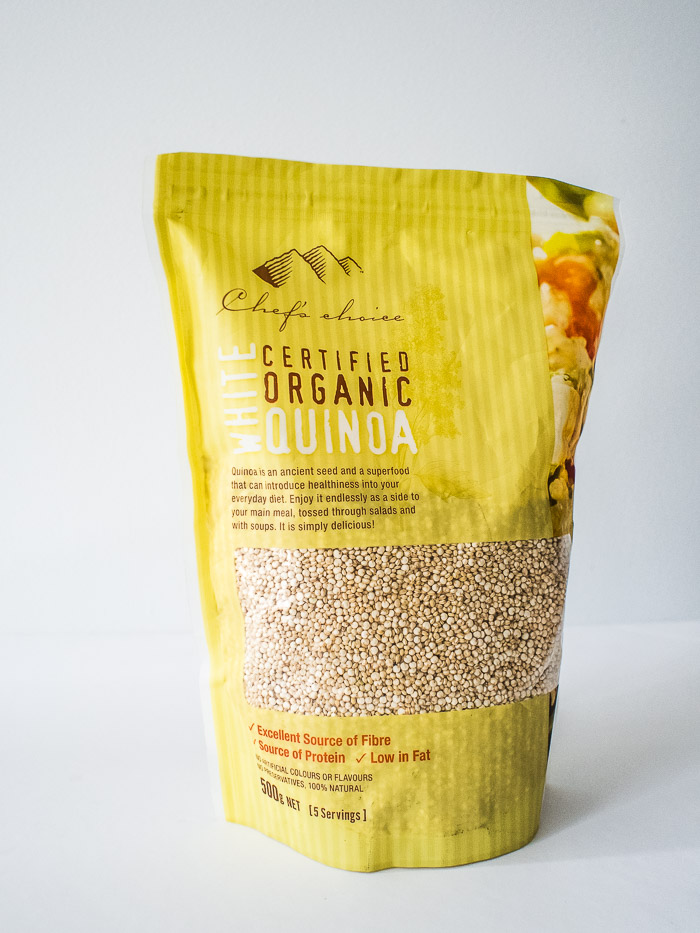
Here’s a simple recipe which you can experiment with.
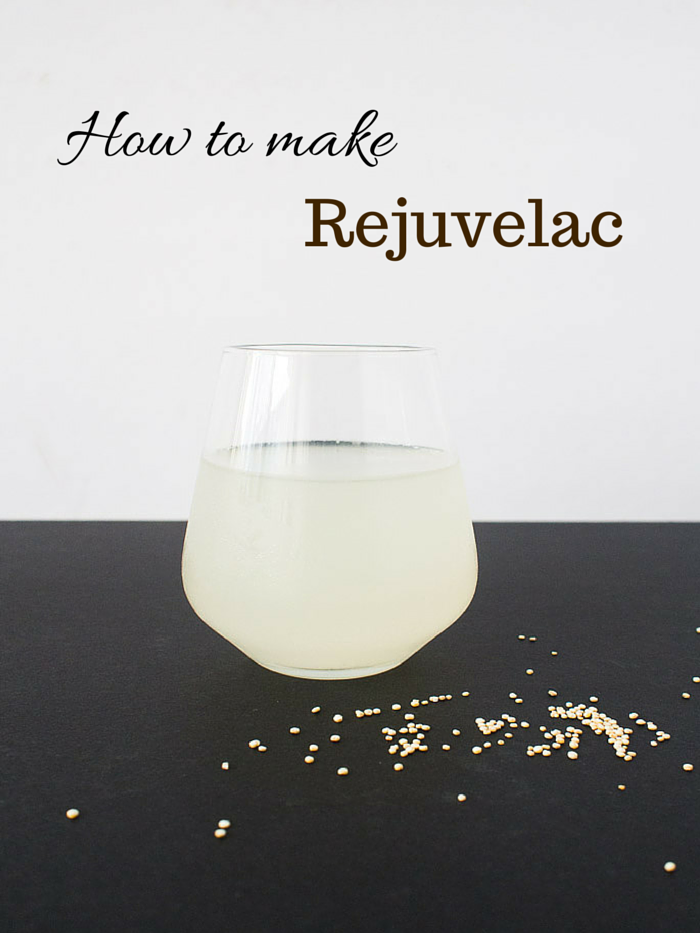
Rejuvelac (makes total of 4 cups)
Ingredients
- 1/2 cup organic quinoa
- Water, preferably filtered but I tried with Sydney’s tap water and it worked
- Mason glass jars big enough to accomodate 2 cups of liquid, I used ex-pasta sauce glass jars
Method
Step 1. Sprout the quinoa
- Rinse and drain 1/2 cup of quinoa.
- Fill up the jar with water. Cover with cheesecloth secured with a rubber band.
- Soak overnight. My quinoa sprouted the next morning so if yours do the same, just drain the water and proceed to Step 2. Otherwise, continue below.
- Drain the water, leaving the quinoa moist, but not covered in water.
- Rinse and drain quinoa a couple of times a day until they sprout (maybe once in the morning and once in the evening).
- Note: It only took 24 hours before my quinoa started to sprout.
Step 2. Ferment sprouted quinoa to make rejuvelac
- Fill the jar containing the sprouted quinoa with 2 cups water. Cover with cheesecloth secured with a rubber band.
- Place in a cool dark place.
- Taste each day until it develops an earthy, tangy, fermented taste – usually 2 to 3 days depending on the temperatures.
- Once ready, pour the liquid into a glass and serve.
Step 3. Drink and make a second batch
- Serve rejuvelac with some fresh lemon juice. You can store it in the fridge in an airtight container for about 7 days.
- To make a second batch. Add another 2 cups fresh water to the soft seeds so they are just covered, and after a further 1-2 days pour off your second batch.
- Discard the quinoa seeds or add them to your salad.
Tips
- If you see some white bubbly scum on the surface of your rejuvelac during fermentation, just scrape it off.
- Always check the smell. It should smell fermented but not off. If it smells bad or if there is the slightest sign of mold, throw the whole lot away.
- I like to drink it chilled with some lemon juice.
So I hope you would try making your own rejuvelac. And if you do give it a go, let me know what you think.
Keren x

